2-Acetylthiazole
- CAS NO.:24295-03-2
- Empirical Formula: C5H5NOS
- Molecular Weight: 127.16
- MDL number: MFCD00005324
- EINECS: 246-134-5
- SAFETY DATA SHEET (SDS)
- Update Date: 2025-12-17 09:49:57

What is 2-Acetylthiazole?
Chemical properties
2-Acetylthiazole is a colorless to pale yellow liquid with green onion, herbal, grassy, hazelnuts, roasted meat, caramel, corn, and butter odor. Natural products are found in beef broth. Slightly soluble with water, soluble in most organic solvents. It is used in foods as antioxidant, as appearance control agent, and as flavoring ingredient.
Occurrence
2-Acetylthiazole is naturally found in raw asparagus, cooked asparagus, kohlrabi, cooked or boiled potatoes, turkey (roasted), raw chicken, boiled and cooked beef, grilled and roasted beef, pork liver, beer, Finnish whiskey, heated beans, other varieties of mushroom, rice bran, maize, and other natural sources.
The Uses of 2-Acetylthiazole
2-Acetylthiazole can be used as a flavoring agent in food industries. It may be used as a food additive in the preparation of ′fragrant′ rice. It also was used in the preparation of triazolothiazoles, chiral alcohols and in aldol condensation reactions.
What are the applications of Application
2-Acetylthiazole is a useful synthesis reagent
Preparation
2-Acetylthiazole is formed by oxidation of the corresponding carbinol using dichromate.
Definition
ChEBI: 2-Acetylthiazole is an aromatic ketone.
Aroma threshold values
Detection at 4 ppb
Taste threshold values
Taste characteristics at 30 ppm: corn chip with slightly musty background
Synthesis Reference(s)
The Journal of Organic Chemistry, 53, p. 1748, 1988 DOI: 10.1021/jo00243a029
General Description
2-Acetylthiazole is a volatile flavoring substance generally formed by the Maillard reaction between an amino acid and carbonyl compounds. It is reported to occur in canned sweet corn products, cooked pine mushroom, cooked asparagus and roasted beef.
Purification Methods
Check NMR spectrum; if it is not too bad, distil it through an efficient column in a vacuum. The oxime sublimes at 140-145o, m 159o, and when crystallised from H2O has m 163-165.5o. [Erlenmeyer et al. Helv Chim Acta 31 1142 1948, Waisvisz et al. J Am Chem Soc 79 4524 1957, Menasseé et al. Helv Chim Acta 40 554 1957, Beilstein 27 IV 2617.]
Properties of 2-Acetylthiazole
| Melting point: | 65.5°C |
| Boiling point: | 89-91 °C/12 mmHg (lit.) |
| Density | 1.227 g/mL at 25 °C (lit.) |
| refractive index | n |
| FEMA | 3328 | 2-ACETYLTHIAZOLE |
| Flash point: | 173 °F |
| storage temp. | Inert atmosphere,Room Temperature |
| form | Powder or Crystals |
| pka | 0.05±0.10(Predicted) |
| color | White to slightly yellow |
| Specific Gravity | 1.23 |
| Odor | at 0.10 % in dipropylene glycol. nutty popcorn roasted peanuts hazelnut |
| Sensitive | Stench |
| JECFA Number | 1041 |
| BRN | 109803 |
| CAS DataBase Reference | 24295-03-2(CAS DataBase Reference) |
| NIST Chemistry Reference | 2-Acetylthiazole(24295-03-2) |
| EPA Substance Registry System | Ethanone, 1-(2-thiazolyl)- (24295-03-2) |
Safety information for 2-Acetylthiazole
| Signal word | Warning |
| Pictogram(s) |
 Exclamation Mark Irritant GHS07 |
| GHS Hazard Statements |
H227:Flammable liquids H302:Acute toxicity,oral H317:Sensitisation, Skin H319:Serious eye damage/eye irritation |
| Precautionary Statement Codes |
P210:Keep away from heat/sparks/open flames/hot surfaces. — No smoking. P264:Wash hands thoroughly after handling. P264:Wash skin thouroughly after handling. P270:Do not eat, drink or smoke when using this product. P280:Wear protective gloves/protective clothing/eye protection/face protection. P305+P351+P338:IF IN EYES: Rinse cautiously with water for several minutes. Remove contact lenses, if present and easy to do. Continuerinsing. P403+P235:Store in a well-ventilated place. Keep cool. P501:Dispose of contents/container to..… |
Computed Descriptors for 2-Acetylthiazole
New Products
Indole Methyl Resin tert-butyl 9-methoxy-3-azaspiro[5.5]undecane-3-carboxylate Boc-His(Boc)-OH 2-CTC Resin 4-Chloro-7-tosy1-7Hpyrrolo[2,3-d]pyrimidine 5,7-Dibromo-1H-indole 2,5-dichloro-N-hydroxy-4,6-dimethylpyridine-3-carboximidamide 2,2-Dimethoxy-7-azaspiro[3.5]nonane hydrochloride 4-chloromethyl-5-methyl-1,3-dioxol-2-one (DMDO-Cl) R-2-BENZYLOXY PROPIONIC ACID 1,1’-CARBONYLDIIMIDAZOLE 1,1’-CARBONYLDI (1,2-4 TRIAZOLE) N-METHYL INDAZOLE-3-CARBOXYLIC ACID 4-((2-hydroxyethyl)thio)benzoic acid 1-(TERT-BUTOXYCARBONYL)-2-PYRROLIDINONE Methyl 6-methylnicotinate 3-Pyridineacrylic acid tert-Butyl carbazate TETRAHYDRO-2H-PYRAN-3-OL 2-((4-morpholinophenylamino) (methylthio) methylene) malononitrile 3-(4-morpholinophenylamino)-5-amino-1H-pyrazole-4-carbonitrile 2,4-dihydroxybenzaldehyde 1,3-Diethyl-1,3-Diphenylurea Methyl 2-methylquinoline-6-carboxylateRelated products of tetrahydrofuran
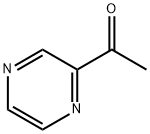
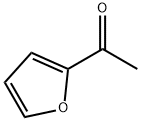
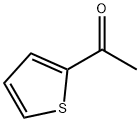
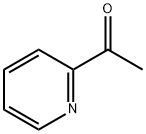
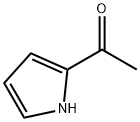
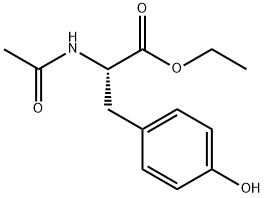


You may like
-
 2-Acetylthiazole CAS 24295-03-2View Details
2-Acetylthiazole CAS 24295-03-2View Details
24295-03-2 -
 2-Acetylthiazole CAS 24295-03-2View Details
2-Acetylthiazole CAS 24295-03-2View Details
24295-03-2 -
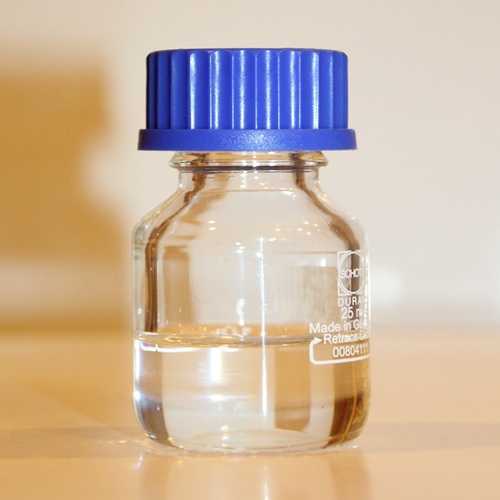 Pyridine 99.5% HPLC /UV SpectroscopyView Details
Pyridine 99.5% HPLC /UV SpectroscopyView Details
110-86-1 -
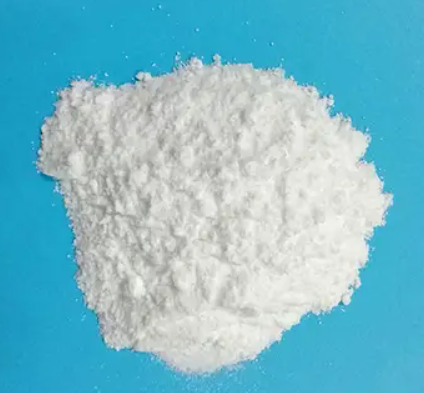 Piperazine Spot supply, best priceView Details
Piperazine Spot supply, best priceView Details
110-85-0 -
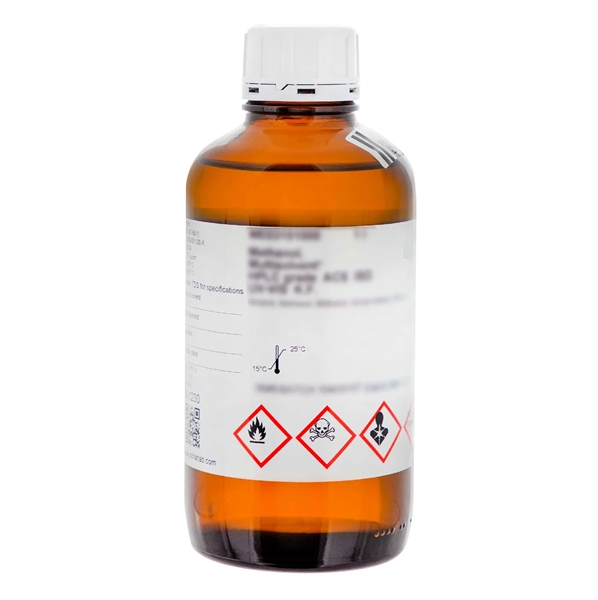 Dibutyl PhthalateView Details
Dibutyl PhthalateView Details
84-74-2 -
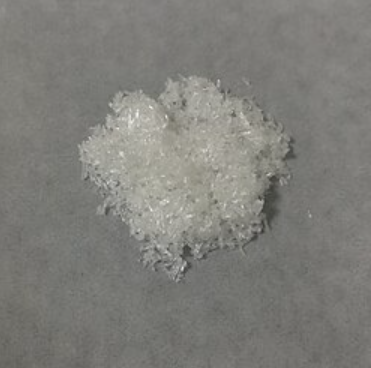 Imidazole Spot supply, competitive priceView Details
Imidazole Spot supply, competitive priceView Details
288-32-4 -
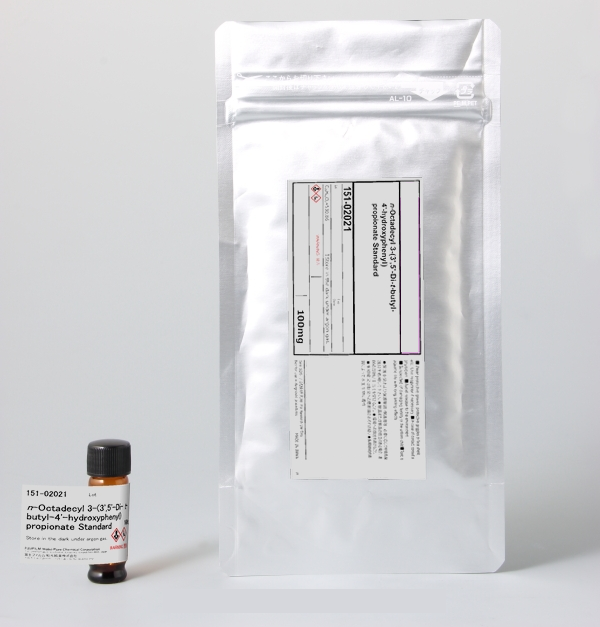 Octadecyl 3-(3,5-di-tert-butyl-4-hydroxyphenyl)propionate 98% (GC)View Details
Octadecyl 3-(3,5-di-tert-butyl-4-hydroxyphenyl)propionate 98% (GC)View Details
2082-79-3 -
 Thiourea 99% ARView Details
Thiourea 99% ARView Details
62-56-6
